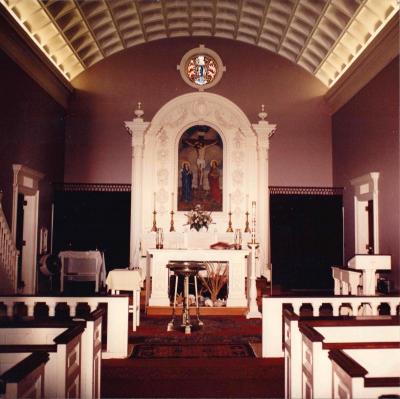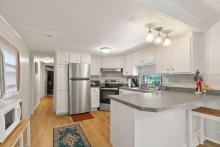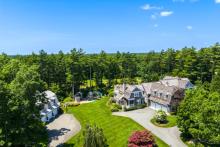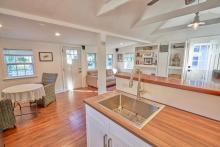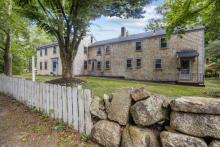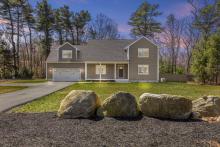St. Patrick's Church celebrates centennial
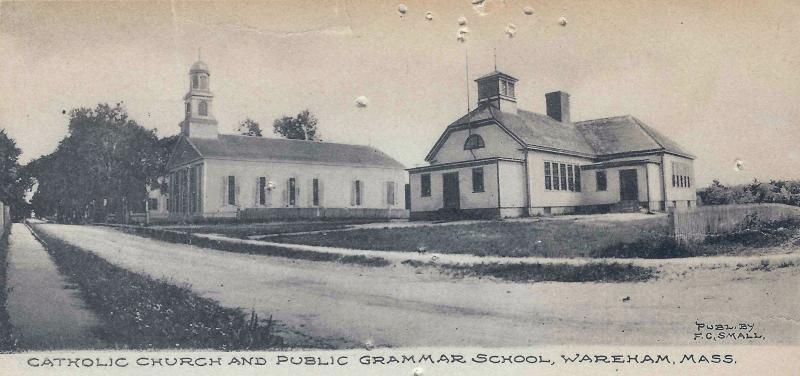
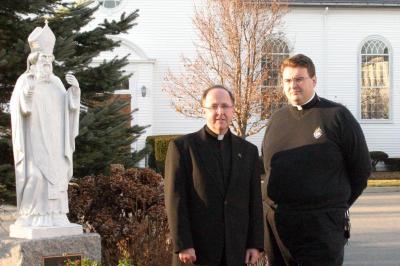
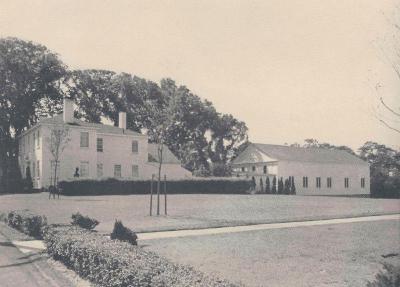
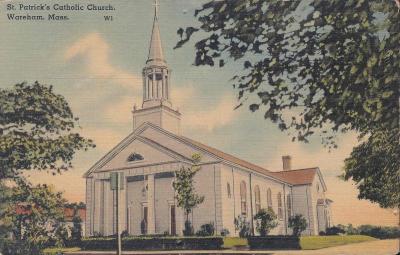
This month, St. Patrick's Church began a year-long celebration of its centennial, complete with a pilgrimage to follow in the footsteps of the church's namesake and patron saint, musical events, and a monthly spiritual service will host former priests from the parish.
But the Catholic history in Wareham goes back much farther than 100 years, and Father John Sullivan is hoping that by studying the Catholic community’s past, they can help provide some insight into the church’s future.
"We're excited for planning for the future by helping people learn about their past," said Father John Sullivan.
According to church records, the first time that a priest visited Wareham was in 1832. At that time, there were only five parishes (essentially churches) in New England, and priests from these parishes frequently traveled to visit the faithful in other locations. While visiting the newly established Sandwich Parish, attended mainly by workers at the Sandwich Glass Works, Bishop Benedict Fenwick of Boston, Father Peter Connolly and a Father Canavan stopped by Wareham to visit the 70 or 80 Catholics, mostly young, single men who worked in Wareham's nail factories. Having no church, they met in a tavern.
The Catholic population ebbed and flowed along with the economy and the fortunes of the local factories until 1850 when Wareham's Catholic community began swelling with Irish immigrants. In 1865, Father Peter Bertoldi bought the former Baptist Church on High Street for $3,000 to establish a Wareham “mission” church as part of the Sandwich Parish.
The building is still used today as the Parish hall, but it has been moved back from the edge of the street and attached to the Parish Cenacle.
But while Wareham was growing, Sandwich was shrinking. The glassworks closed in 1888. In 1911, the population in Wareham exceeded that of Sandwich, and the Sandwich priest, Father William Sullivan, was transferred to Wareham and the Parish was established with 245 Catholics from Wareham, Onset, and Marion.
In 1939, the current church was built to accommodate the growing parish.
One-hundred years later, the church has grown to 4,000 parishoners, and its own missions - St. Mary's Chapel in Onset, St. Rita's in Marion - have become parishes on their own.
Not that there haven't been challenges.
"Like the Church nationwide and worldwide, in fact, the practice of faith isn't as faithful as it should be," said Father Sullivan, saying that the parish should have many more regular churchgoers than it does, given the size of the area's Catholic population.
However, he takes comfort in the determination and fortitude of the parish's founders and its long history, saying that it's important for people to reflect on that history "so that they can appreciate how we got to where we are now, and use that knowledge" to provide "a better sense of hope for the future."



